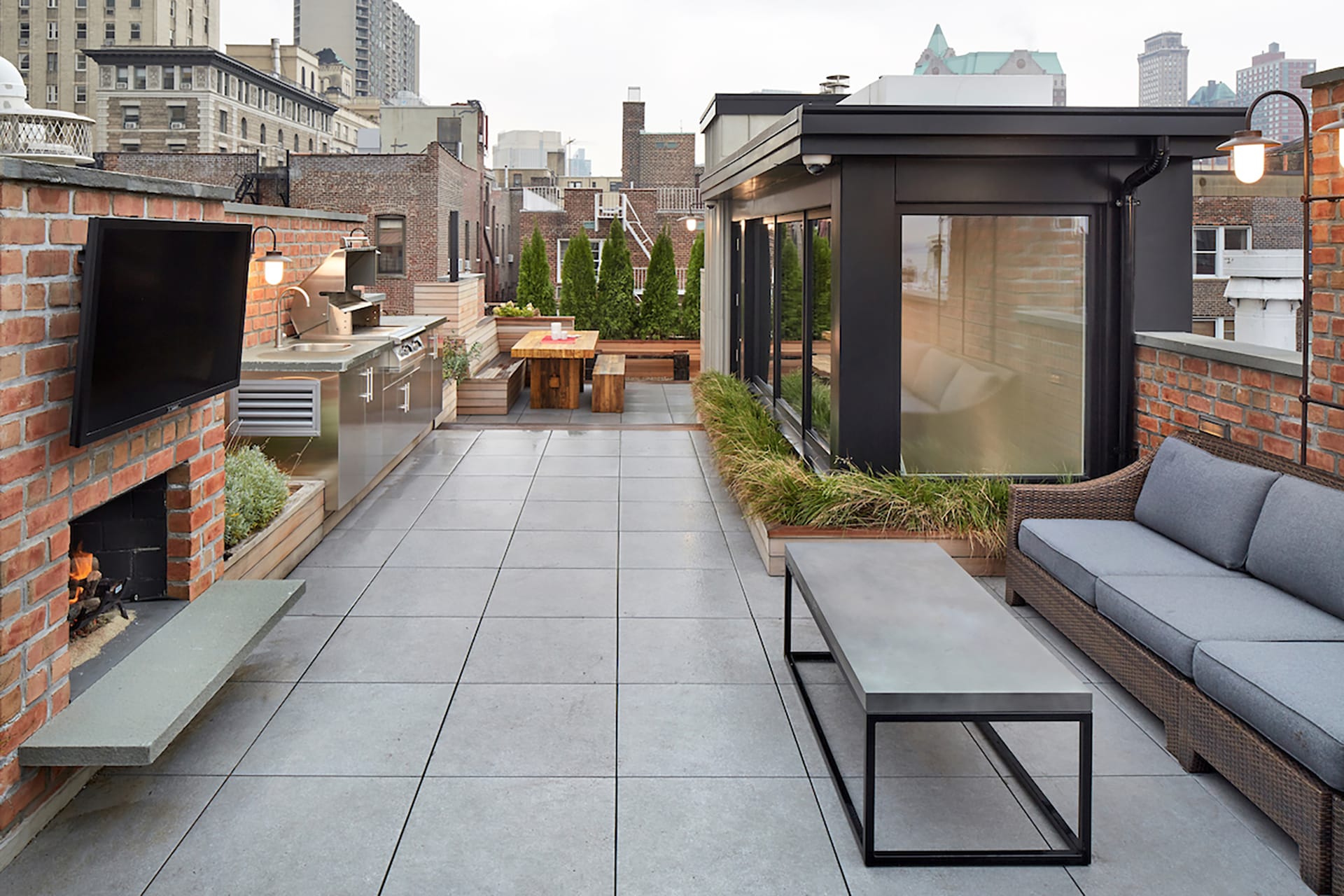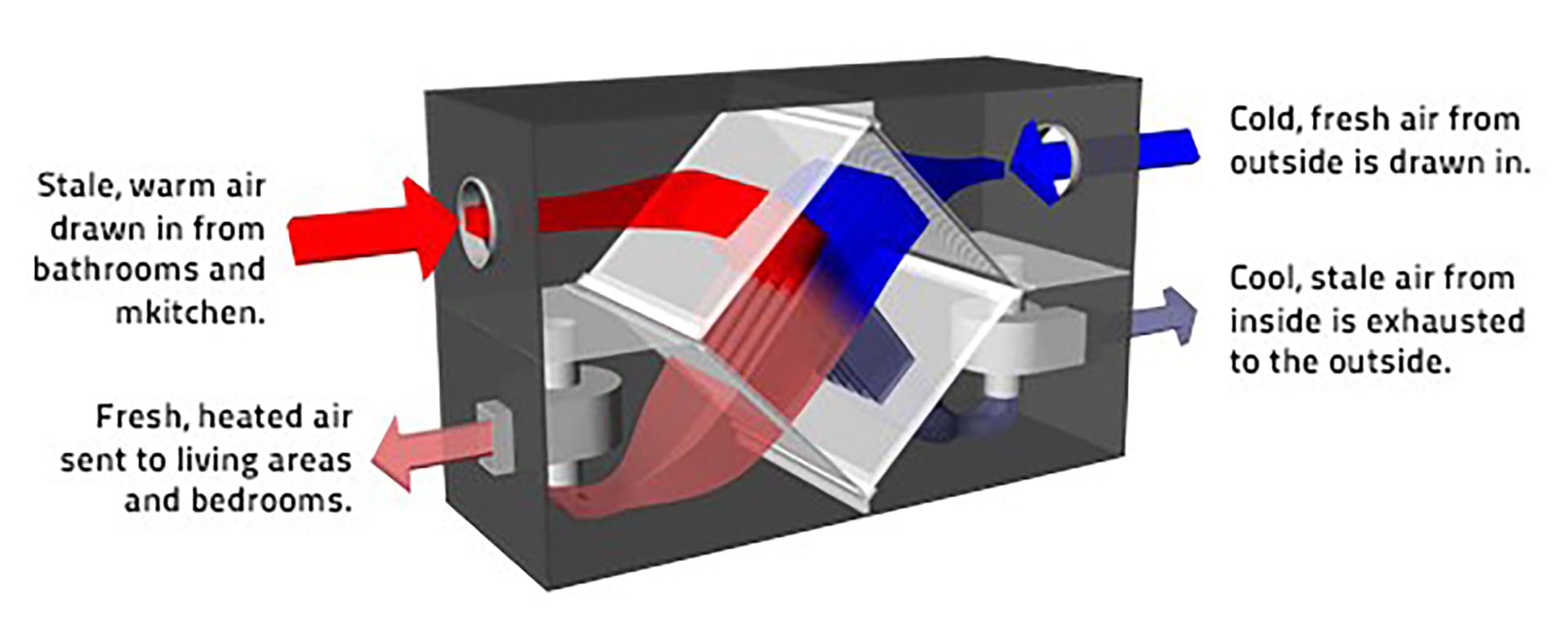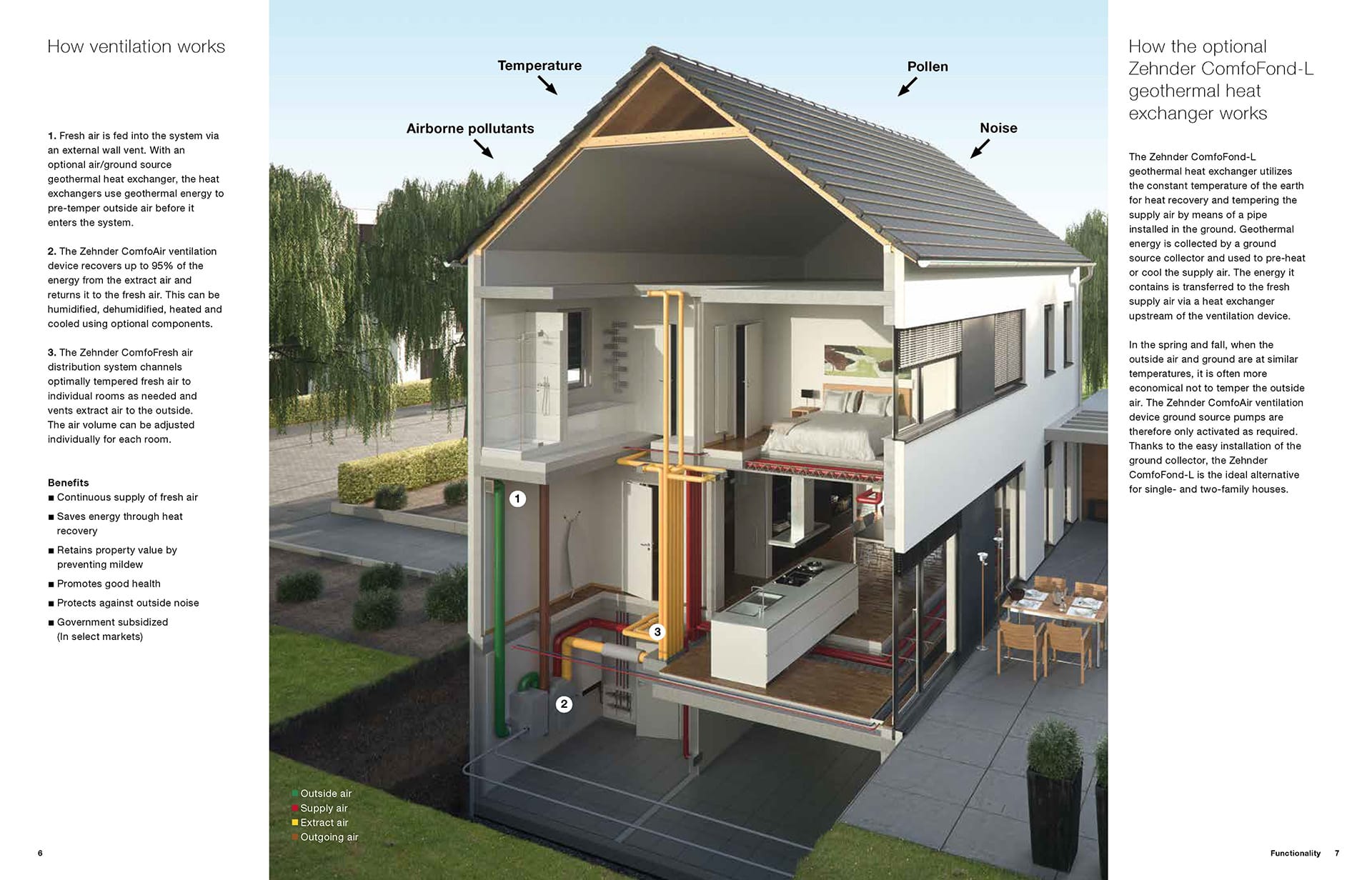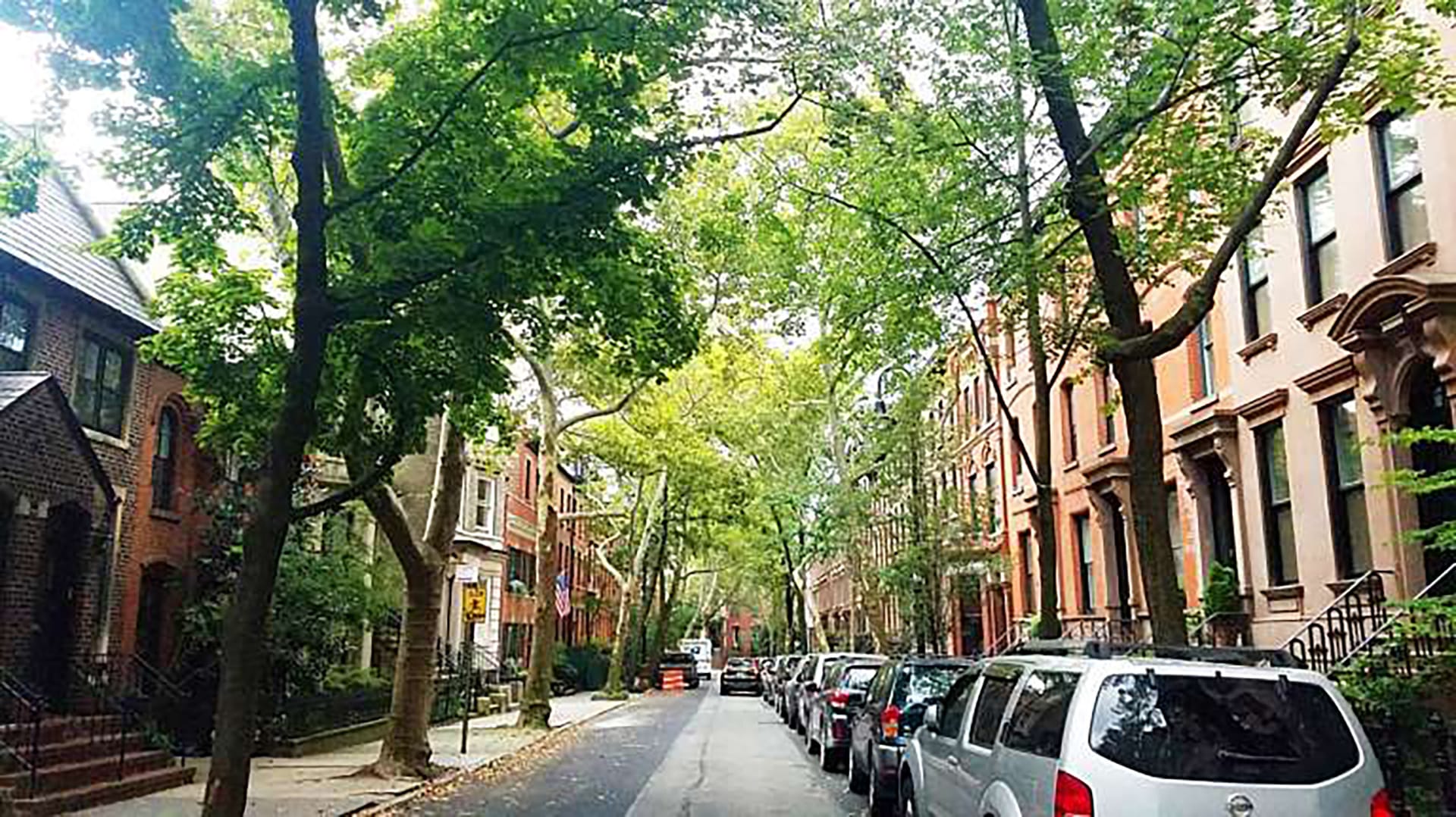ERVs: What Are They and How Do They Work?

We utilize Energy Recovery Ventilators (ERVs) in not only our Passive Houses, but in most of our residential projects. ERVs draw outdoor air into the unit to foster an exchange of heat and moisture. Incoming air is filtered, cleaned, and introduced into the rooms of a home. Meanwhile, the unit exhausts stale interior air to the outside. In cold months, exhausted interior air heats and humidifies incoming cold air - and vice versa in the summer.

Exchanging internal and external air removes toxins and irritants produced inside the home. ERVs can remove cooking gas, allergens, carbon monoxide, and pet dander - replacing them with fresh, filtered air. In airtight Passive buildings, ERVs ensure proper ventilation and airflow throughout a home. Beyond this, they have the power to improve indoor air quality in any building. As we have learned in the past year, healthy and comfortable air creates houses that feel like home.



